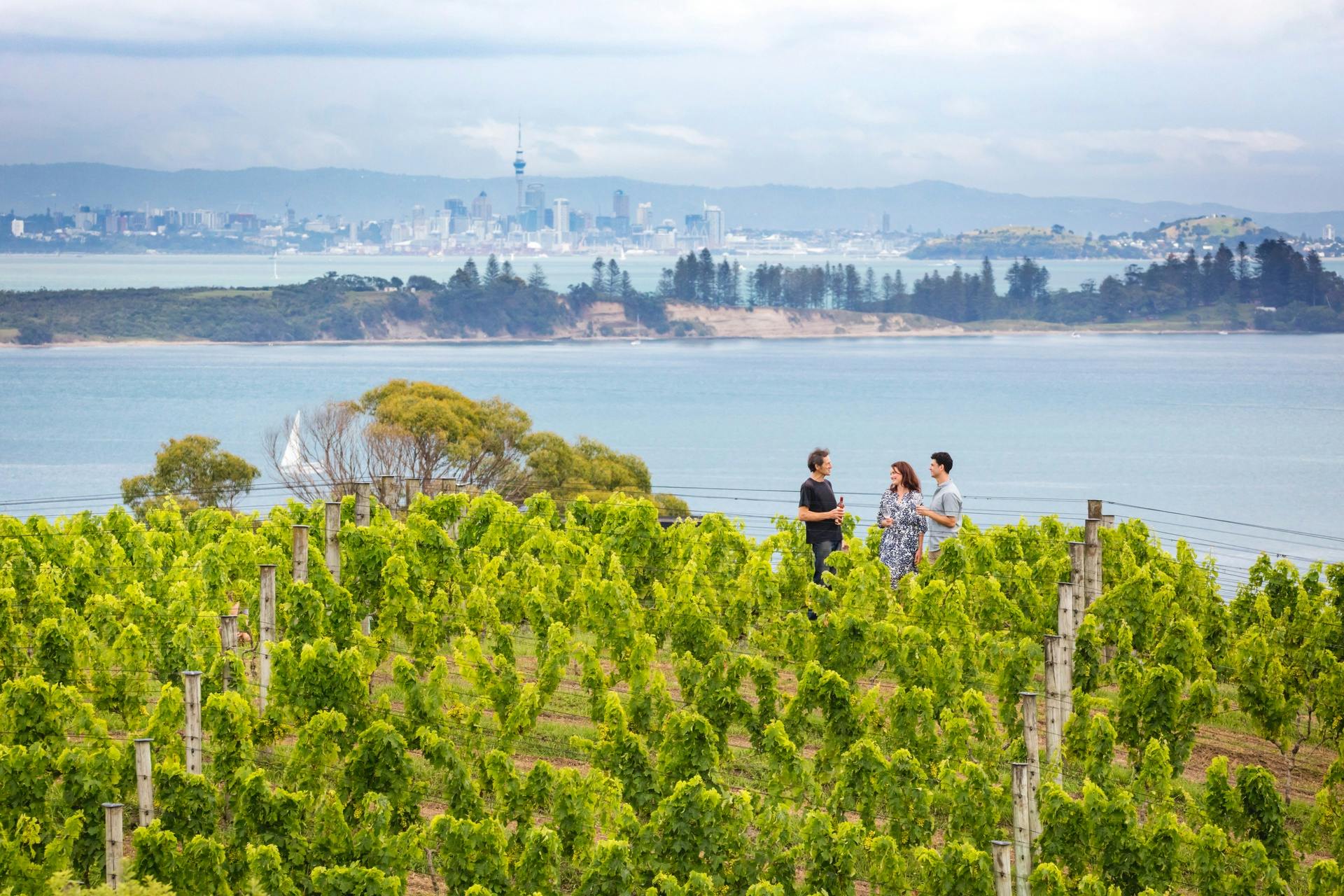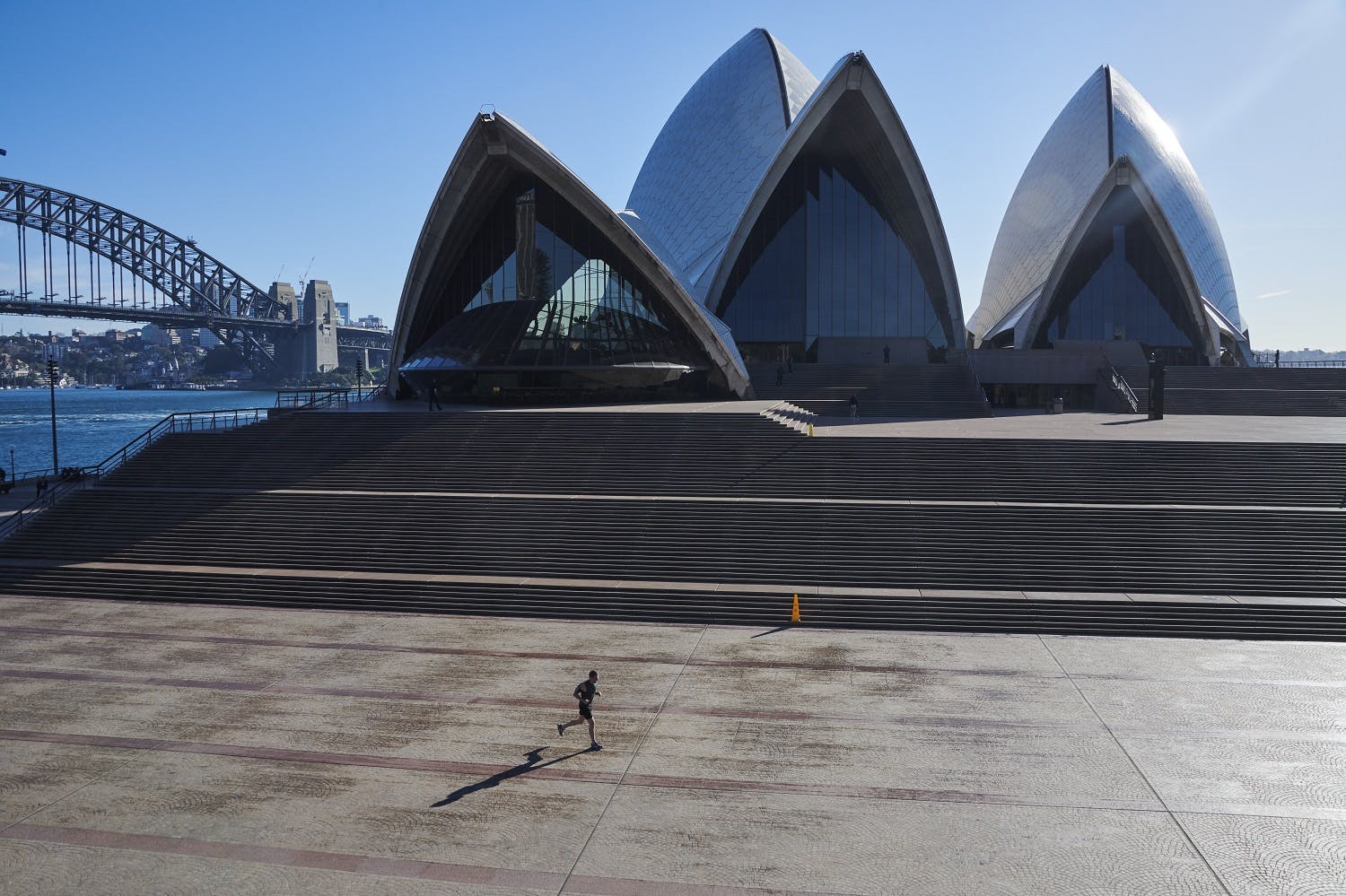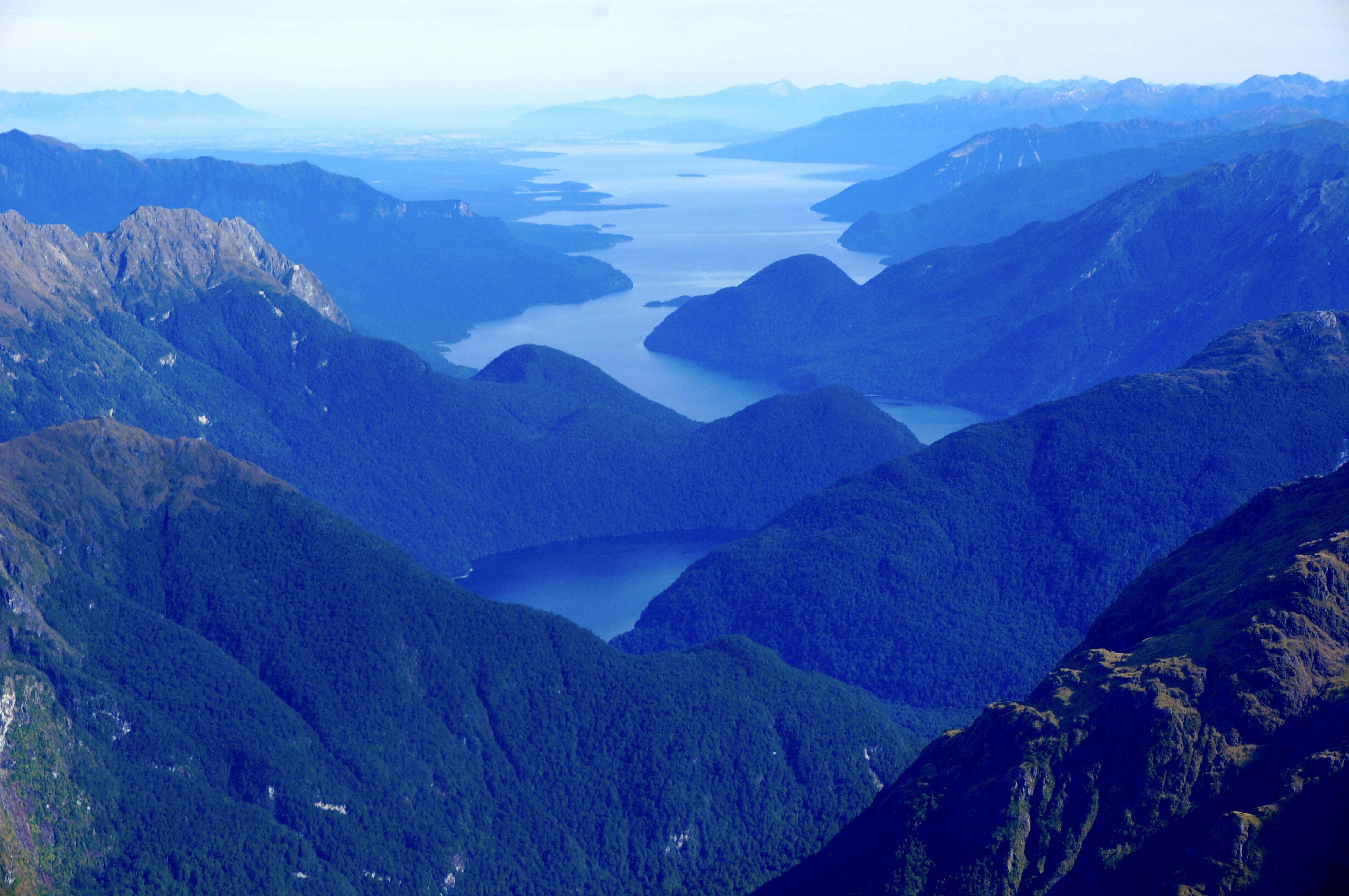Exploring Auckland’s Islands by Ferry: Our Favorite Adventures
The city of Auckland is almost surrounded by water. It’s a city of islands and a place from which many residents commute to work by ferry. Indeed, some of Auckland’s most delightful destinations are accessible only by water. Among our favorites: the seaside village of Devonport, which you can reach by car if you don’t mind sitting in traffic; Waiheke Island and Tiritiri Matangi Island. Welcome aboard.
Whichever the destination, your journey begins in Auckland’s Ferry Building, built in 1912, then expanded and restored in 1986. It’s a handsome, historic landmark and the start of your visits by ferry.
Devonport first. Though not technically an island, it feels like one
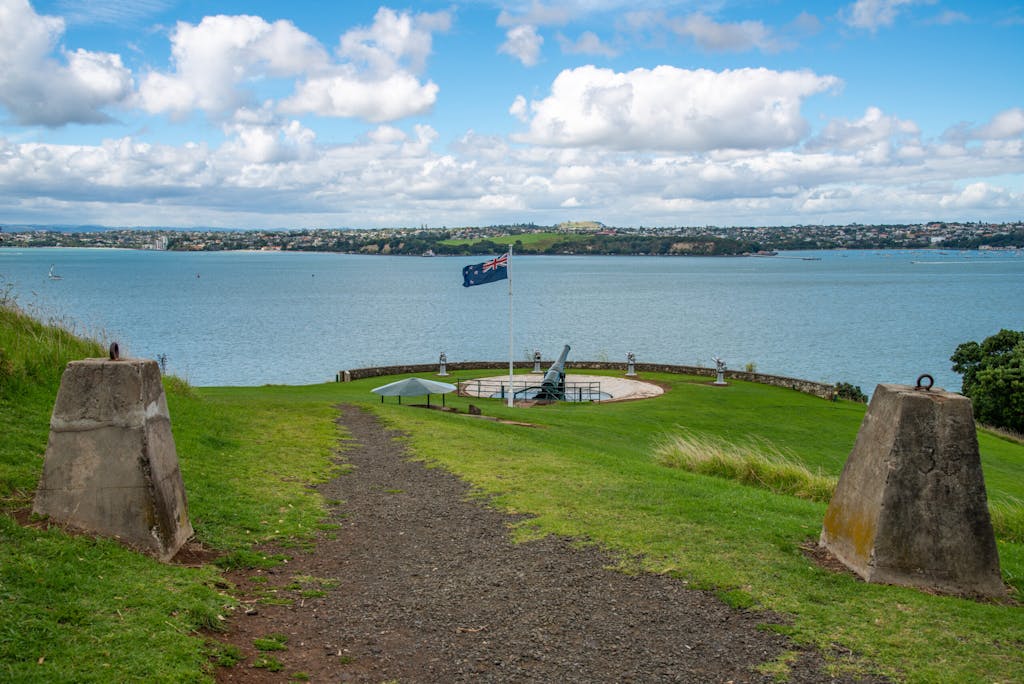
If there’s a list of overused travel-writing words, “idyllic” is likely at the top. But there’s no better word to describe the scenic, historic, entirely charming, harborside village of Devonport. It’s part of Auckland’s North Shore, yet apart from the city’s bustlingcenter. It’s a place of old villas, a numerous sailboats, delightful restaurants and cafes, and a captivating beauty After a sun-filled Devonport day, you’ll want to live here.
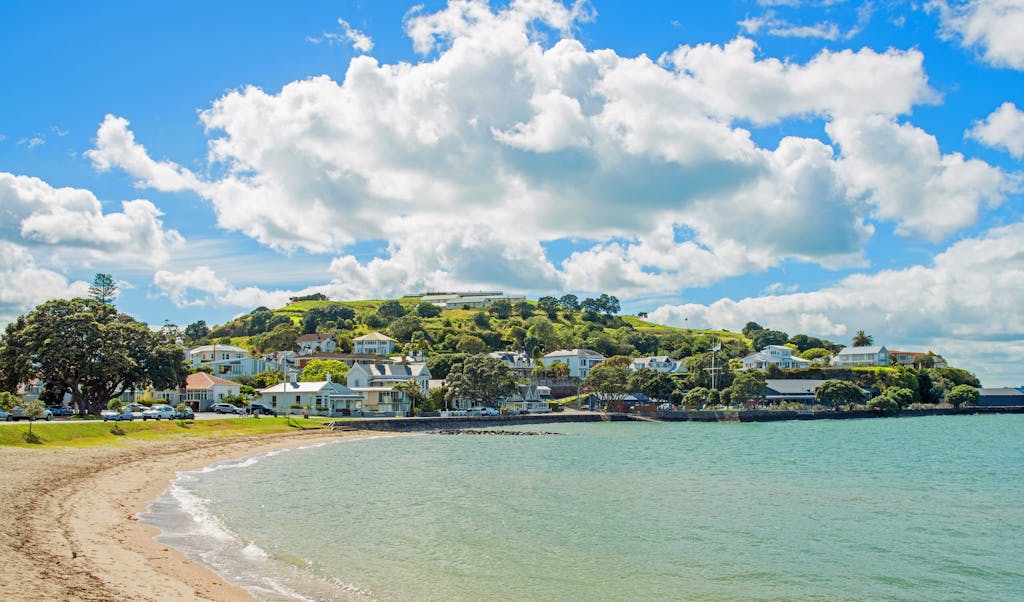
The best ways to see Devonpor: a guided tour by car or on foot. We start the day with a big breakfast at the Stone Oven Bakery & Café. Then hike up Maungauika/North Head, where the views of downtown Auckland are unsurpassed.
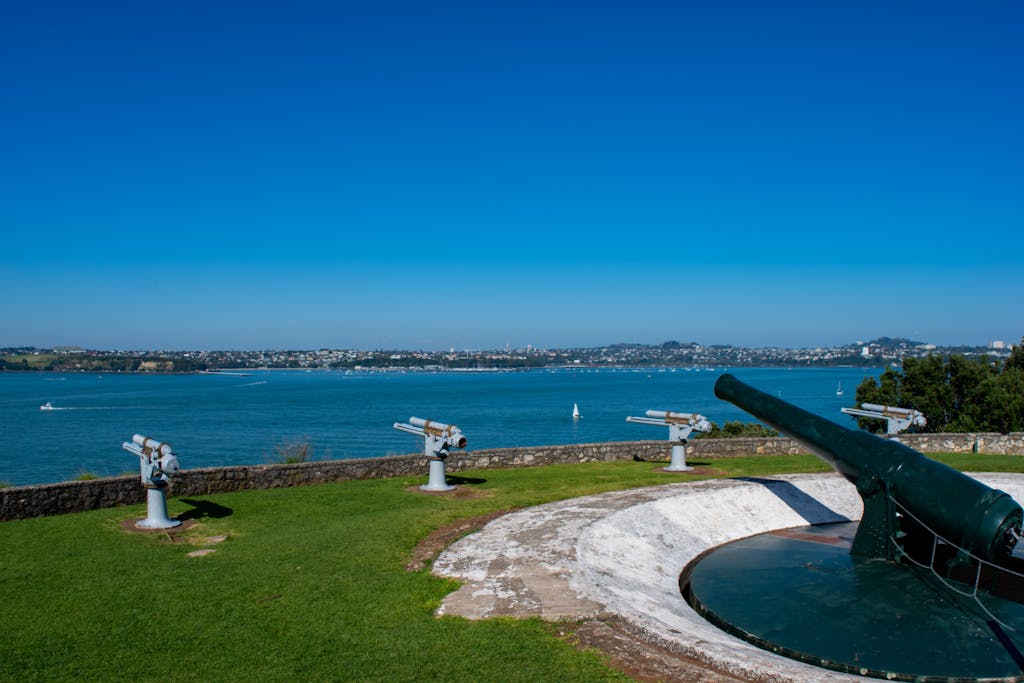
And you also can explore one of the world’s last disappearing gun sites.
This particular gun is an 8-inch (in diameter) disappearing gun. The gun was meant to keep out the Russians in 1885. Must have worked; the Russians never came. What’s intriguing about it, besides its rarity: The gun, built in England in 1886, is meant to disappear between shots, going below ground. Today, the site is part of a war memorial to soldiers who died overseas.
While you’re ogling the disappearing gun, explore the tunnels under the gun, which, the one time it was fired, broke every window in Devonport.
Back in town, buy an old print or vintage poster at Newton Andrews and maybe find an undiscovered treasure at one of Devonport’s “op shops,” a Kiwi description for a thrift shop. Head for the delightful but easy-to-miss Devonport Connection Café for lunch, then walk it off on a stroll by the water.
Stop strolling when you reach the Torpedo Bay Navy Museum. As you wander through, consider this: Devonport is headquarters for the Royal New Zealand Navy, which consists of nine vessels. No battleships, no aircraft carriers, no submarines. Since nobody has invaded New Zealand since the Brits arrived in the 19th century, that saves us a ton of cash.
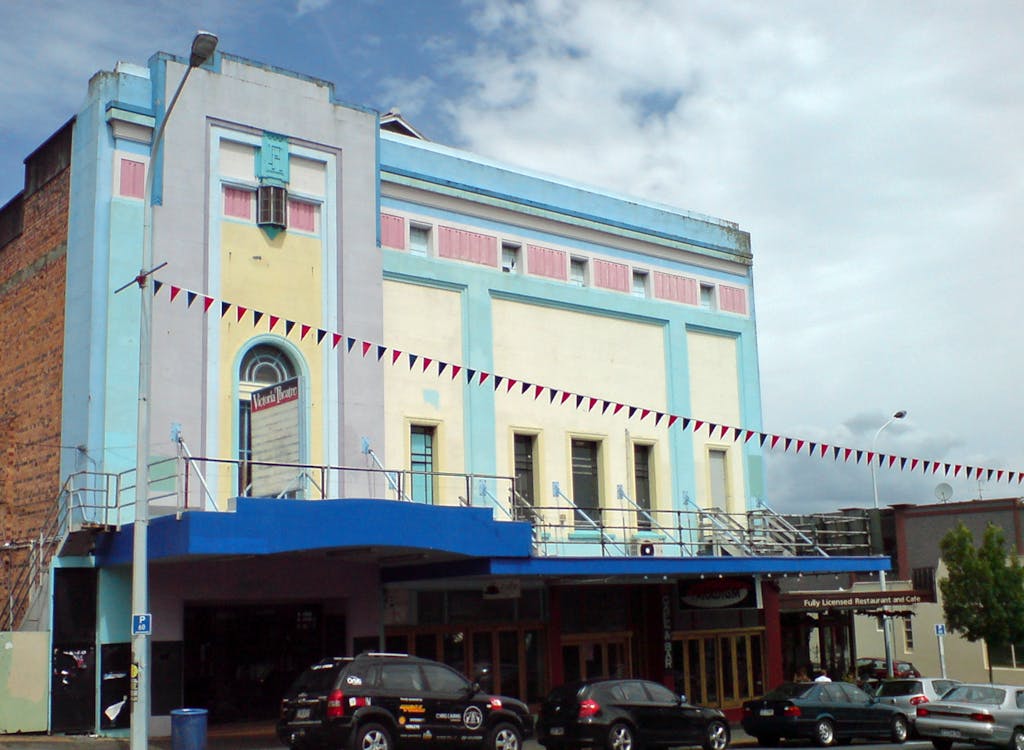
Next, strike out for the Devonport Museum, focused on local history. It’s housed in an old church next to the delightful Mount Cambria Reserve. Or take in a film at the enduringly saved, then lovingly restored Victoria Picture Palace, the oldest purpose-built theatre in the Southern Hemisphere. It’s a lovely way to end our Devonport day.
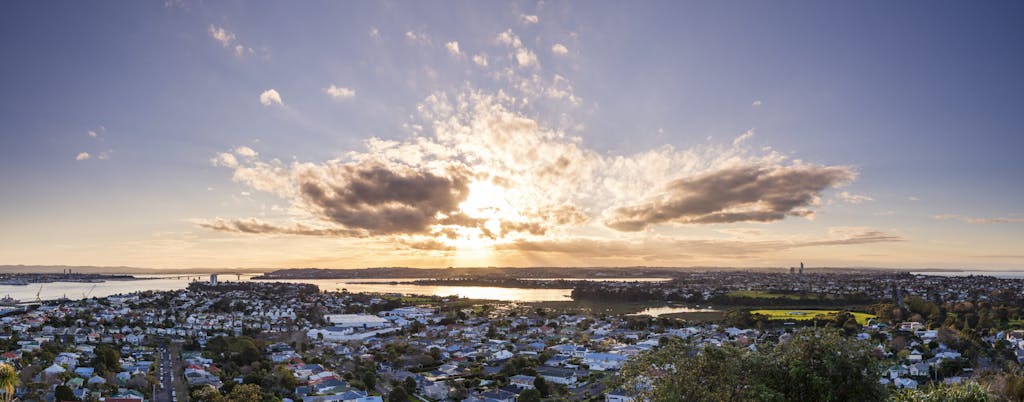
Other options? Explore the side streets to get an idea of Devonport’s wonderful Victorian villas. Then walk up the main road to the two beautiful brick churches on the side of Mount Victoria.
If you want lunch with great views, I recommend either the Fish Kitchen or Devon on the Wharf. And for real Devonport ambience, where you rub shoulders with the locals, it’s Corelli’s Cafe.
Beaches, vineyards, history: Find it all at Waiheke Island
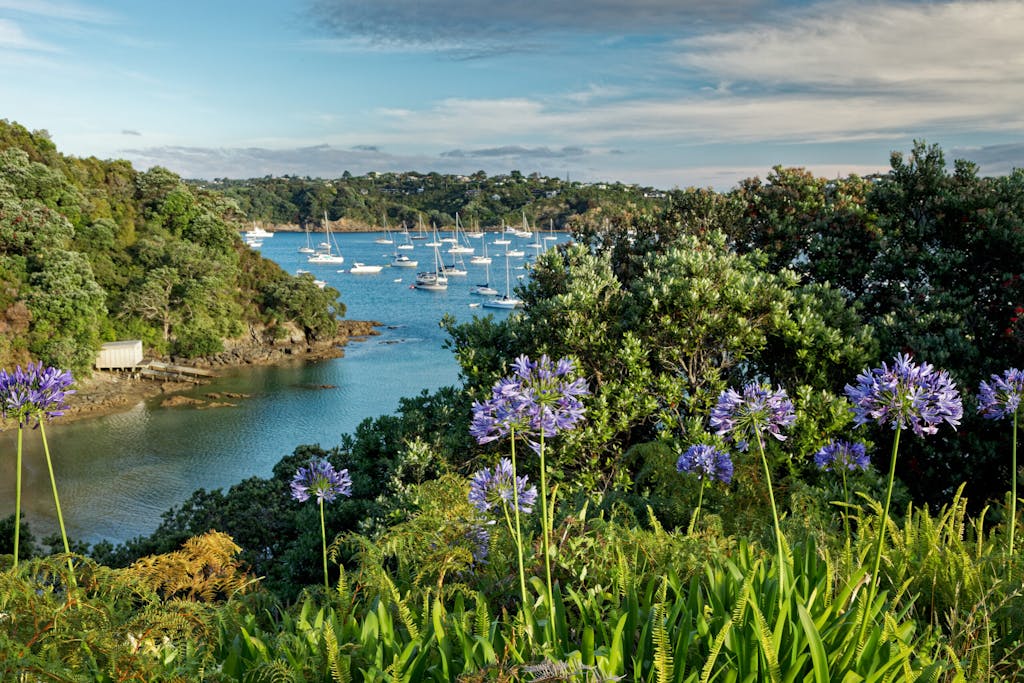
Aucklanders love Waiheke. It’s our getaway from the everyday, separated from the rest of our lives by blue water.
Why is Waiheke so loved? Beaches. Vineyards. Olive groves. Art. Fine food, particularly seafood. And the delightfully quirky Waiheke Island Community Cinema. Once you’re here, how do you get around? A couple of suggestions:
Rent a mountain bike or e-bike. Before you choose, know that Waiheke is hilly. Very, very hilly. Or: Walk around. But note that you’ll be seriously limited in what you experience; Waiheke is 12 (hilly) miles long.
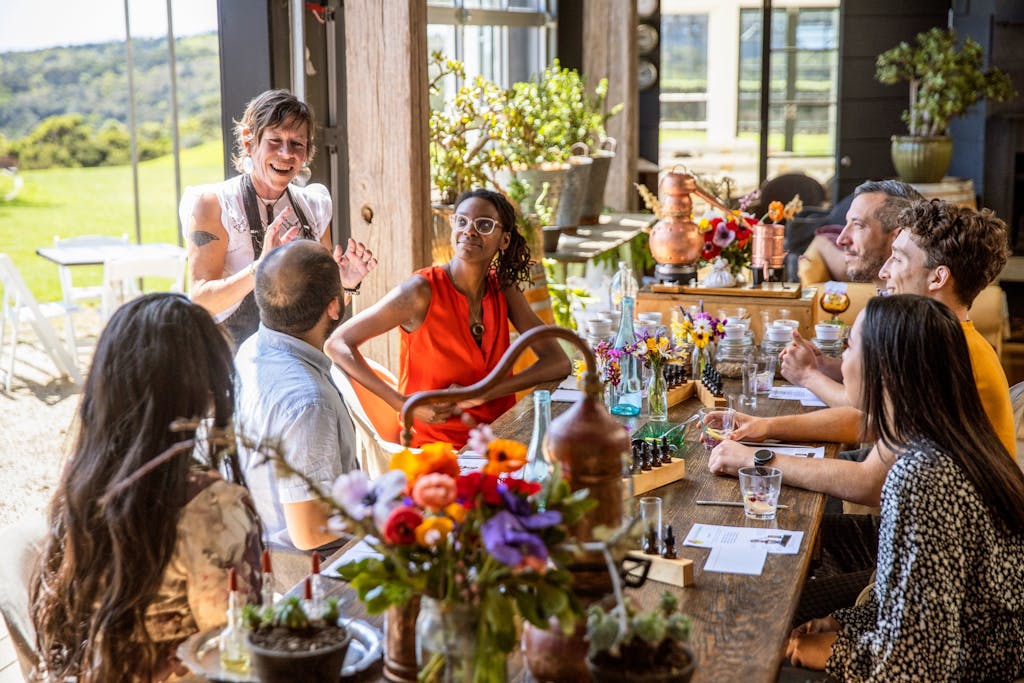
And finally, join a tour or hire a guide. Waiheke has wine tours, gourmet tours, artisan tours, private tours, luxury tours. There’s a lot to see, sip, taste, and experience on this island. A tour guide will help you find things you’d miss on your own.
A word about biking Waiheke. Several places offer horse tours or bike tours, including some touring spots that offer e-bikes.
Before you see the sights, some island history. From about 1200 on, Maori of different tribes have farmed, fished and fought on Waiheke. Then Capt. James Cook sailed the Endeavour into the Hauraki Gulf in 1769. The first Pakeha (white people) living on the island were whalers and sealers. Settlers followed them in the mid-19th century; they earned a living from logging, then farming. From then on, life on Waiheke was peaceful, if somewhat dull. Maori and Pakeha lived in quiet harmony.

The harmony’s still there, but two events ended the boredom: the introduction of high-speed ferries and the coming of the vineyards.
Today, Waiheke Island is home to more than 20 vineyards; some are internationally renowned, others are but an acre of grapes hugging a hillside. Several have restaurants that feature local cuisine and, of course, their own wines.
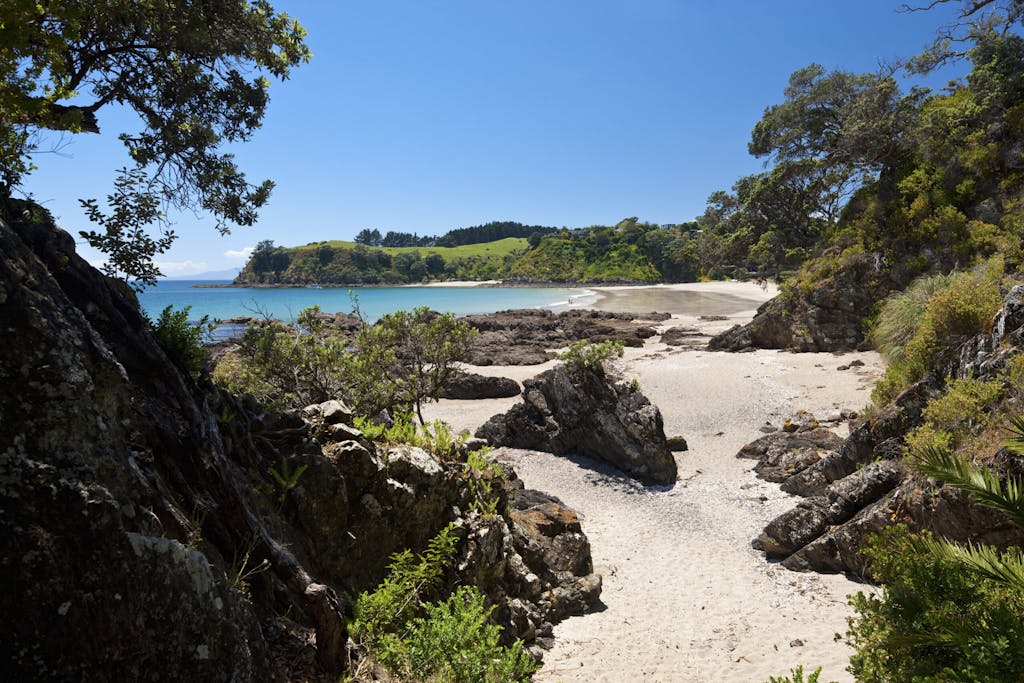
If you’re need in of a swim, you have 100 beaches to choose from. The water is clean and cool, but be sure to wear sunscreen; New Zealand’s clear air means quick burns. I’m particularly fond of Palm Beach (one palm, growing horizontally, broad sand, gentle surf), locals have their own favorites.
Waiheke is home to artists of every stripe, from painters to jewelers, sculptors to ceramists. You can see a broad selection at Waiheke Community Art Gallery. For a musical treat that most visitors miss, consider Waihekie Musical Museum, founded by Lloyd and Joan Whittaker.
Hungry? I suggest Mudbrick Vineyards and Restaurant. The experience may not be quite as sexy as its website, but it is a stunning visual and gustatory, experience.
High on a hillside, Mudbrick overlooks a beautiful patch of the world; In the distance, there’s Auckland’s Sky Tower, in the mid-distance, the volcanic cone of Rangitoto Island. And between them, the blue-green palette of the gulf. Then, still closer, obsessively straight rows of nearby grapevines. The sound of buzzing bees. The smell — sweet dreams — of lavender bushes. Savor the flower- and vegetable gardens whose offspring grace the tables of Mudbrick’s restaurant.
Other must see experiences on Waiheke include Connell’s Bay Sculpture Park for its spectacular outdoor art experience. It’s a privately owned property “where art and nature are united to create special spaces for site specific sculpture.”
If you are feeling adventurous, we also love EcoZip Adventures, which offers state-of-the-art flying-fox ziplines and an eco-immersive forest walk.
For lunch, sup on fresh oysters from Te Matuku Bay. Try them for lunch at ThreeSevenTwo Restaurant on Onetangi Beach.
The island of Tiritiri Matangi is alive with birdsong
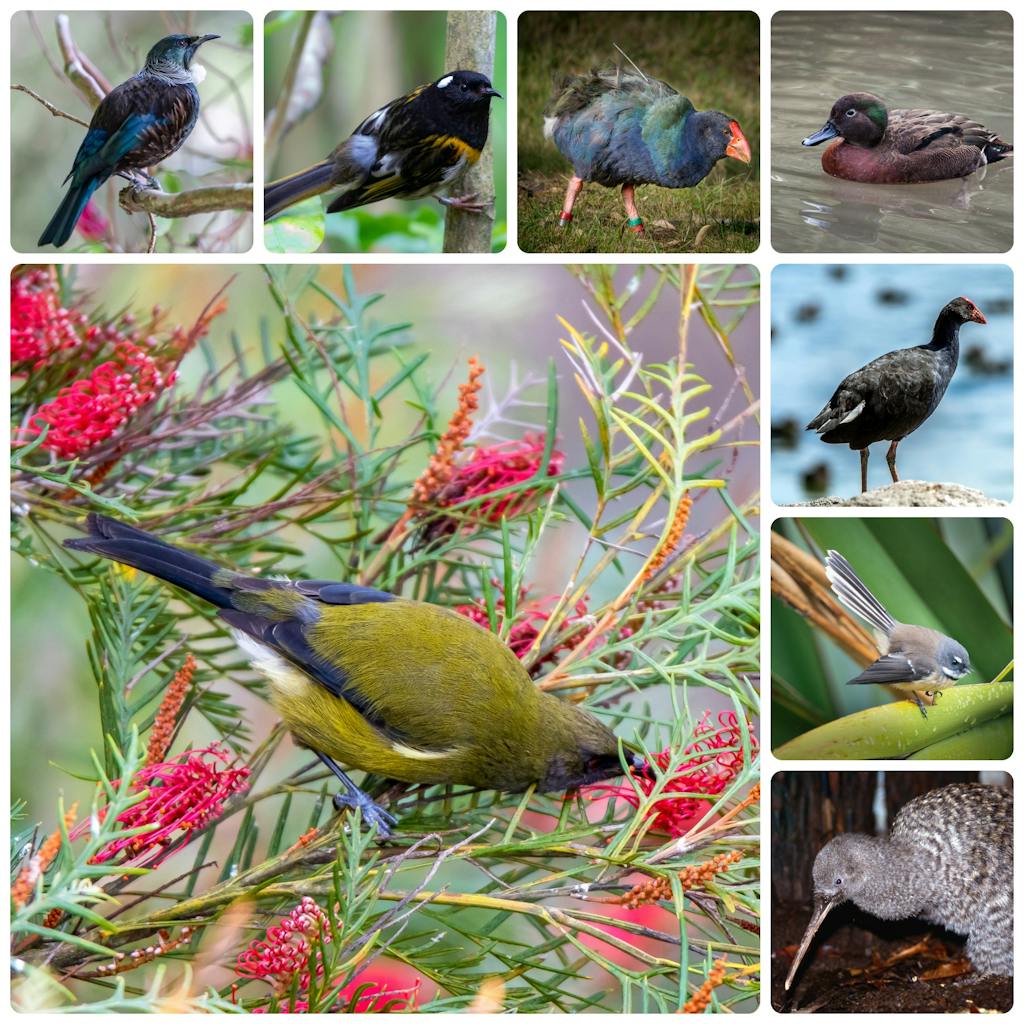
Tiritiri Matangi is an island dedicated to preserving New Zealand’s native flora and fauna. (In New Zealand, fauna usually means birds.) Today, the island is alive with birdsong. But it wasn’t always so.
For more than a century, Tiritiri was farmland, stripped of what Kiwis call “native bush,” whose nectar, seeds and fruit sustain our native birds. If that weren’t bad enough, Tiritiri’s native birds were gobbled up by nonnative predators, mainly cats, rats, and harrier hawks. Tiritiri Matangi — whose Maori name means “tossed by winds” — became an avian wasteland.
That began to change in 1980 when the island was declared a scientific reserve and open sanctuary. “Open” means that visitors are allowed; indeed, encouraged to spend a day on Tiritiri. But declaring a scientific reserve and creating a scientific reserve are two different beasts.
In 1980, Tiritiri showed little sign of regeneration in the foreseeable future. Some estimated it would take 1,000 years.
Instead, it took 10. From 1984 through 1994, a volunteer army sowed and planted more than 280,000 native trees and shrubs. Once the vegetation had grown enough to produce seeds and nectar — and once the pest-eradication program was complete — endangered birds from all over New Zealand were brought to Tiritiri. Other native birds like the tui, bellbird and fantail simply flew in.
Today, Tiritiri Matangi is home to the rare and roly-poly takahe, the little spotted kiwi, the brown teal, the hihi, and the black-and-blue pukeko. Because they live largely predator-free lives (though each year, hawks still turn some into dinner), most are not shy around humans. Some, like the delightful little fantail, actually follow visitors along the trails, in hopes that their shoes will stir up a few tasty insects. And the flighted birds fill the bush with music. The tui and the bellbird are the flute and piccolo; the hihi provides the percussion.
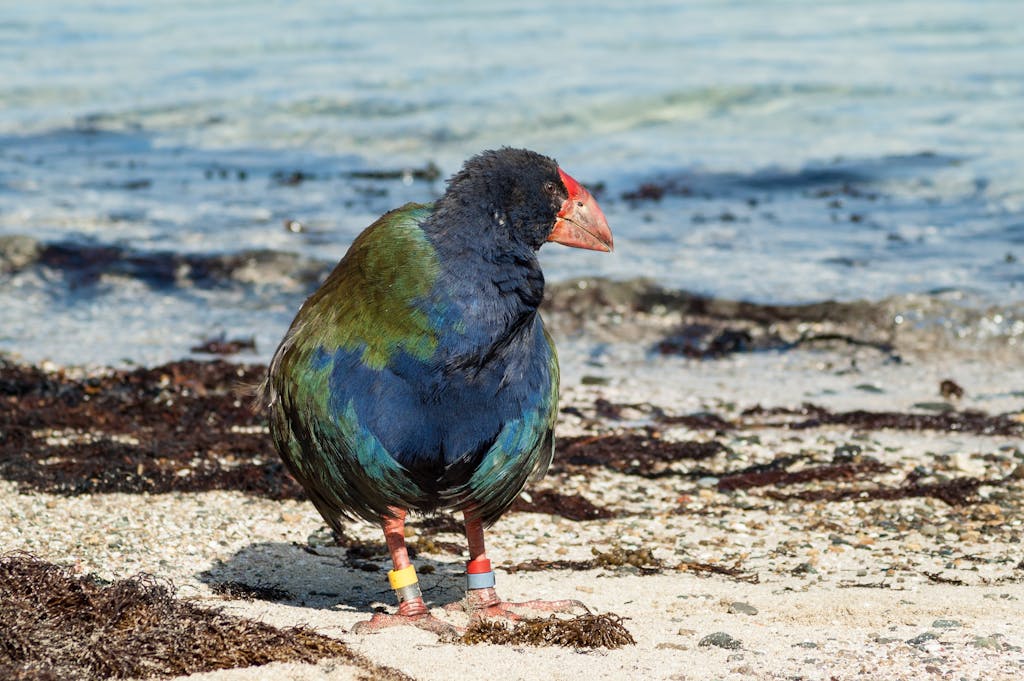
A trip to Tiritiri is an all-day affair. You must bring your own lunch (though coffee and tea are provided on the island), and you can tramp (hike) on your own or, for a small price, with a guide. Choose the guide. You’ll see more, hear more, and learn more than if you made the rounds alone. And, in learning the history of this tiny island, you may even kindle a volunteer spirit of your own.
Here’s a big tip: Wear comfy shoes, prepare to take lots of photos, and book your ferry ride early as this day trip is accessed via a 9 a.m. departure from Auckland, and you must get back on the ferry for the 3:30 p.m. return.
For Silversea Cruises, Auckland is typically an embarkation or debarkation port of call, and our suggested daytrips to Devonport, Waiheke and Tiritiri are best enjoyed by those guests who add a few extra days stay in (and around) the city. All ferries depart from the Auckland’s Ferry Building; check timetables for scheduling purposes. Of the three, Waiheke is prime for an overnight stay; some of its vineyards offer luxury accommodations.



